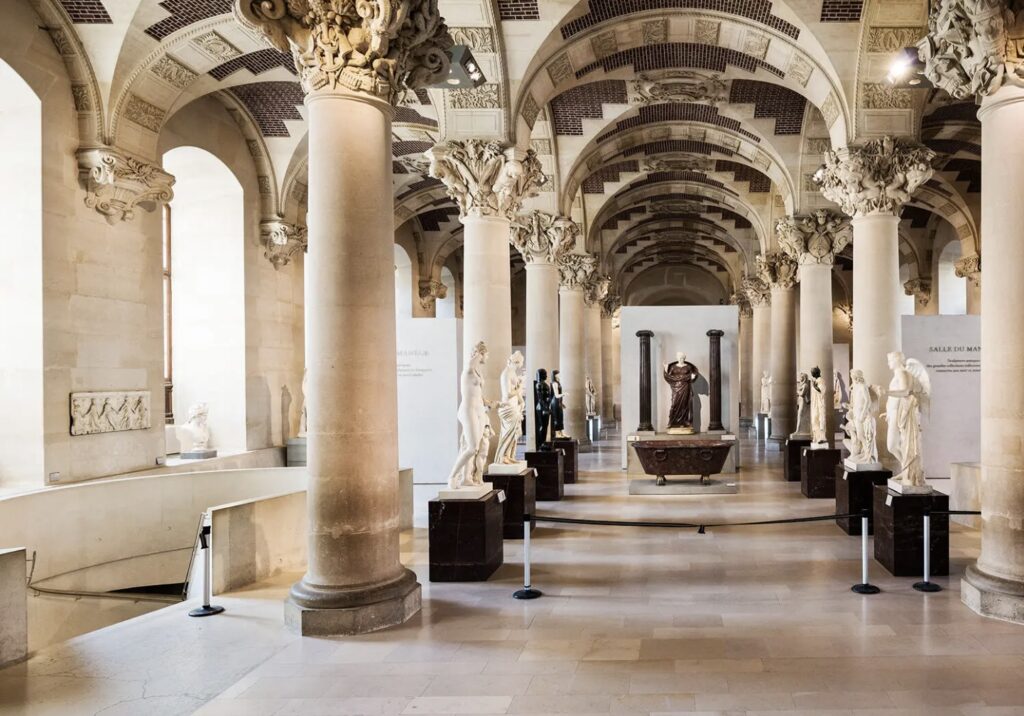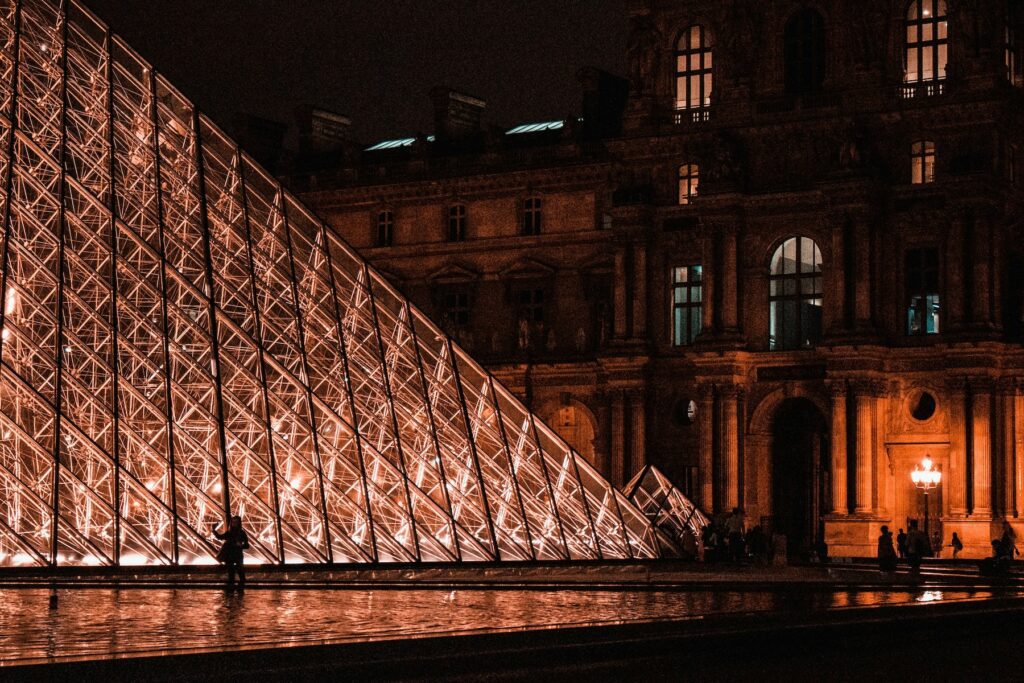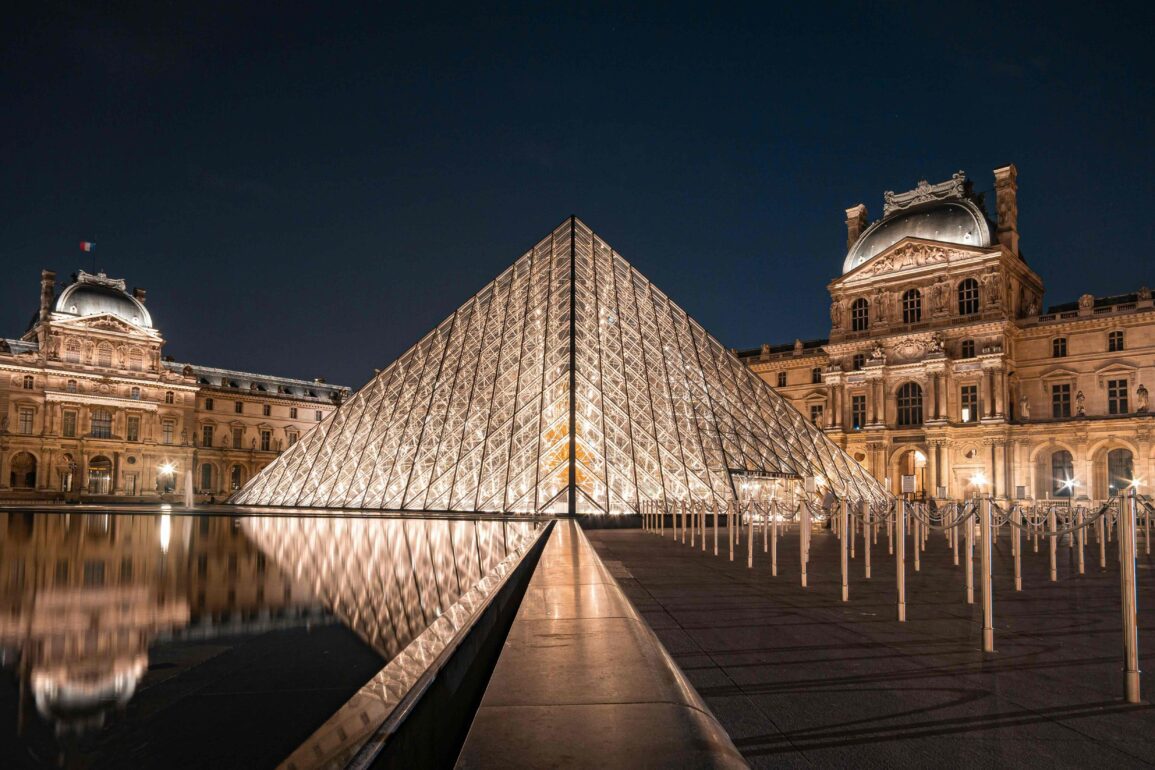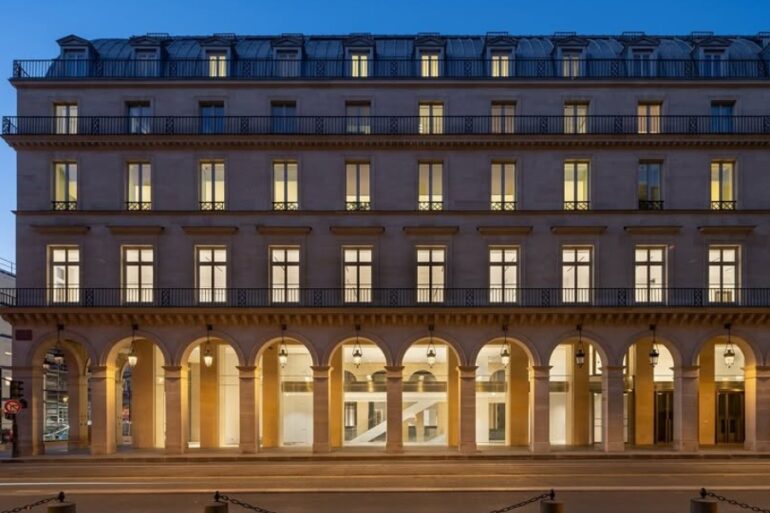The Louvre has been around for 232 years, has survived wars, civil unrest, and a pandemic. This week it was brought to its knees by an unlikely culprit: too many tourists.
On Monday, June 16, the Louvre saw the unthinkable happen—its staff went on a spontaneous strike. The strikers say the institution is “crumbling under the weight of mass tourism,” according to a report in the Associated Press. This unexpected move and subsequent museum shut down led to thousands of confused—some angry—visitors who were left stuck in line for hours in the blazing Parisian heat.
Related story: Japan rolls out more measures vs overtourism: Hiked Mt. Fuji fee, Kyoto lodging tax
Related story: Japan eyes travel tax hike in latest move against overtourism

The Louvre is no stranger to overcrowding. On average, it can attract about 45,000 visitors a day, prompting management to enforce a daily cap of 30,000 in 2023. Despite this move, the Louvre said in a statement that in 2024, it welcomed a staggering 8.7 million guests to its hallowed halls, 77% of which were from countries outside of France.
A tourist magnet
But what exactly draws millions of visitors to the Louvre?
Top of mind for most, perhaps, is its single biggest draw: Leonardo da Vinci’s “Mona Lisa.” Over the decades, what is arguably the world’s most famous painting sees hordes of visitors—20,000 per the Associated Press—jostling for space every day as they try to catch a glimpse of Lisa Gherardini’s enigmatic smile. I couldn’t help but wonder if her expression will change if only she could see all these people (some of whom are rowdy) trying to take a selfie with her. If you haven’t been to the Louvre, be warned that the “Mona Lisa” is actually much smaller in real life!

The Louvre, however, is so much more than the “Mona Lisa.” As the national museum and art gallery of France, it boasts a collection that spans works from ancient civilizations to the mid-19th century, according to Britannica. Its repository of paintings includes all periods of European art up to the Revolutions of 1848. Works painted after that period were transferred to the Musée d’Orsay upon its opening in 1986.
Related story: The Paris I love is the Paris of Hemingway
Related story: Must-visit museums in Paris beyond the Louvre and Orsay
Related story: Haute couture and art converge in the Louvre’s first fashion exhibition

Aside from its mammoth collection of paintings, the Louvre also houses a dizzying array of bronzes, miniatures, pottery, tapestries, jewelry, and furniture. Its collections of ancient art and artifacts from the Greek, Egyptian, Etruscan, and Roman periods are mind-boggling in its scope and scale.
According to the European Museums Network, the Louvre contains more than 380,000 objects and displays 35,000 works of art in eight curatorial departments over an area spanning 60,600 square meters (652,300 square feet). The museum’s official website has an excellent interactive and informative tour of its many collections.
Fun fact, several museums in and outside France have been or are placed under the Louvre’s administrative authority or engaged with it through exclusive partnerships. In 2012, for example, a satellite location of the Louvre in the town of Lens, north of France, opened to the public. Five years later, the Louvre Abu Dhabi opened in a building designed by French architect Jean Nouvel.
What now and what next?

The shock shutting down of the Louvre makes the venerable museum the latest example of tourism pushed to its breaking point. Quite serendipitously, just over the weekend, there were widespread protests against mass tourism across western Europe, from Barcelona and Mallorca in Spain to Genoa in Italy and the Portuguese capital of Lisbon. The protests, per The New York Times, are part of a movement driven by concerns over quality of life, like high housing costs and environmental damage, which protest organizers say are brought on by overtourism. The POST has also closely followed the ills of mass tourism across Europe’s travel hotspots, as well as in Seoul, South Korea and in Japan’s major cities.
Back at the Louvre, per the Associated Press, the Louvre’s unplanned strike happened during a routine internal meeting. Staff members including gallery attendants, ticket agents, and security personnel refused to take up their posts in protest over “unmanageable crowds and chronic understaffing.” A union described the working conditions at the museum as “untenable.”
This is not the first time the Louvre has had to close down. It’s rare, however, for the museum to close without warning and with crowds already waiting to be admitted.
The French government is fully aware of the museum’s woes, which include water leaks, temperature swings, outdated infrastructure—big no-no’s for any museum, especially for an institution as eminent as the Louvre. Despite being a tourist magnet, it also sorely lacks dining options and even restrooms.
Related story: Kyoto is not a theme park! Local gov’t pushes back against badly behaving tourists
Related story: Some businesses in Japan now charging tourists more in recent push against overtourism
Related story: Oh deer! Nara’s sacred deer on the brink of losing their protected status

In response, President Emmanuel Macron unveiled a plan in January to renovate the Louvre, which could take anywhere from six years to a full decade. Called the “Louvre New Renaissance,” the ambitious plan includes “enlarging” the museum, building a wider entrance, and moving the “Mona Lisa” to its own dedicated room, per a report in Reuters. The last time the Louvre had a facelift was way back in 1989, when I.M. Pei’s iconic glass pyramid was unveiled.
Macron, who delivered his 2017 election victory speech at the museum, didn’t give the exact amount, but “Louvre New Renaissance” is estimated to cost up to 800 million euros ($834 million).
It all sounds promising, but the pulse on the ground is far from optimistic. Workers say the “promised future feels distant,” and that their needs are “urgent.” “We can’t wait six years for help,” said Sarah Sefian, a front-of-house gallery attendant and visitor services agent, as quoted in the same Associated Press report. “Our teams are under pressure now. It’s not just about the art — it’s about the people protecting it.”
The museum is closed every Tuesday, so it remains to be seen if operations will be back on Wednesday, June 17. Regardless of what happens, we can only hope for one of the world’s greatest cultural treasures— and the ones tirelessly working to keep it in top shape for us to enjoy—to receive the care that they deserve.
Related story: Seoul fights back against overtourism at the historic Bukchon Hanok Village
Related story: Starting today, Venice implements a five-euro day pass in a push against overtourism
Related story: ‘Go home!’: Overtourism sparks ‘revulsion‘ among locals in Spain








